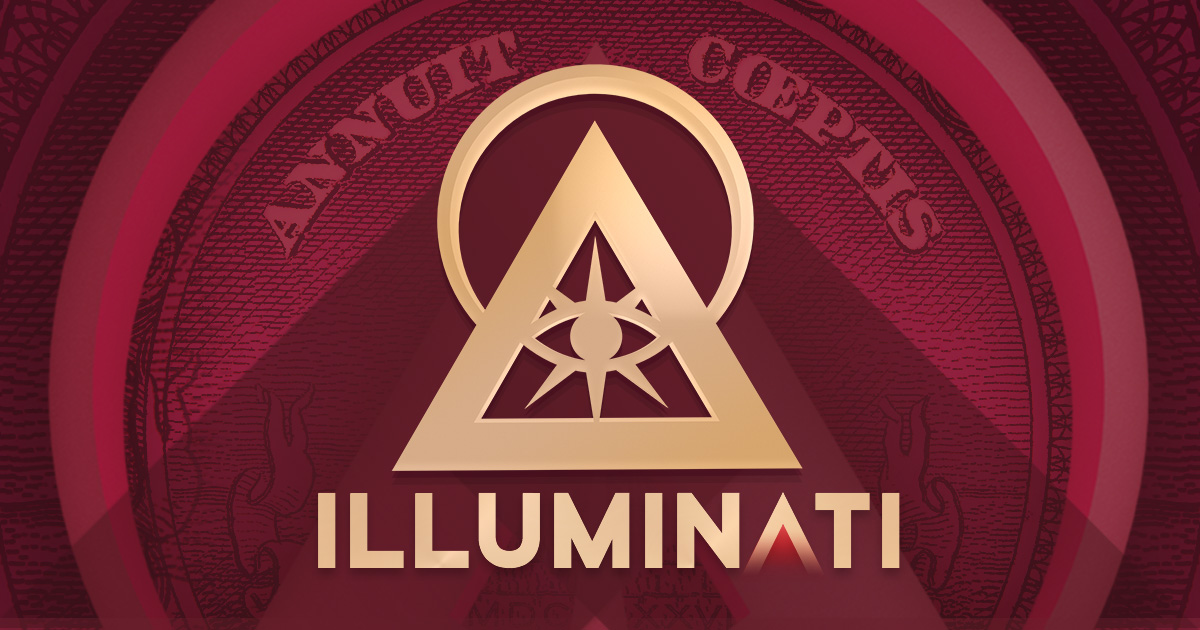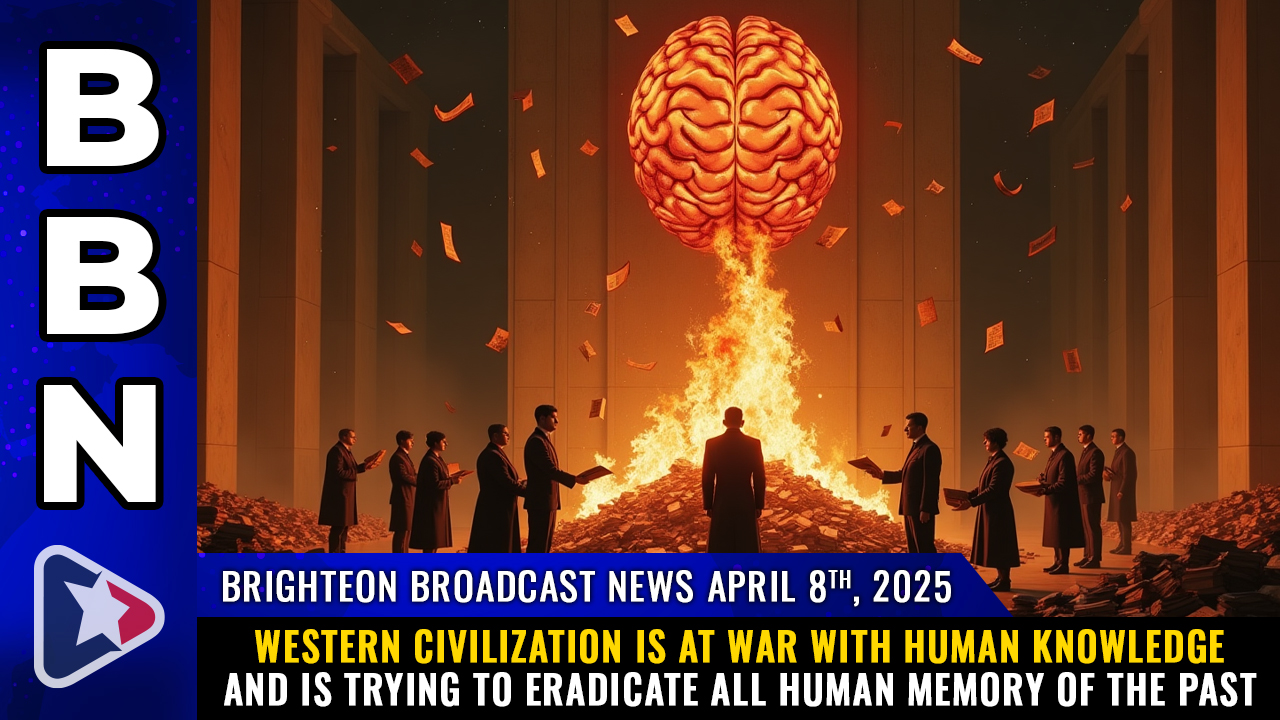Unveiling the shadows: A deep dive into the Illuminati and the quest to defeat it
- Kerth Barker's "Deconstructing the Illuminati: What the Illuminati Really Is & How to Defeat It" challenges conventional beliefs, tracing the Illuminati's roots to the 16th-century Roshaniya movement in Afghanistan, rather than Europe, and linking it to ancient occult practices and Hermetic knowledge.
- Barker interprets the pyramid on the U.S. one-dollar bill as a metaphor for the Illuminati's strategy of invisibility, claiming its core resides in Medina, Saudi Arabia and extends influence through occult rituals and psychic manipulation of global leaders.
- The book proposes a dual approach to dismantling the Illuminati's power: spreading Gospel-based Christianity as a spiritual antidote and leveraging scientific reasoning to combat fear and superstition, envisioning a "Christian Scientocracy."
- Barker advocates for Voter-Qualified democracy, requiring citizens to demonstrate knowledge of Christian principles and science to vote, aiming to create a government led by progressive Christians capable of countering the Illuminati's influence.
- Barker outlines the Illuminati's alleged plans for three engineered World Wars, guided by Lucifer, while urging humanity to transcend earthly conflicts, expand into space and embrace a future of peace, truth and progress.
In a world rife with conspiracy theories and shadowy narratives, one book is challenging conventional wisdom about the Illuminati, offering a provocative blend of history, spirituality and strategy.
"
Deconstructing the Illuminati: What the Illuminati Really Is & How to Defeat It" by Kerth Barker has sparked intense debate, presenting a bold thesis that redefines the origins and influence of this enigmatic organization.
Far from the pop culture caricatures of secretive elites, Barker's work delves into the Illuminati's roots in Islamic territories, its global reach and its alleged ties to ancient occult practices. But more than a historical exposé, the book is a call to action, proposing a path to dismantle the Illuminati's influence through faith, science and democracy.
Barker's narrative begins with a startling claim: The Illuminati's origins lie not in Europe, as commonly believed, but in Afghanistan. He traces its lineage to the Roshaniya movement of the 16th century, a group he describes as outwardly Islamic but secretly Luciferian. This connection, Barker argues, reveals a pre-existing structure that influenced Adam Weishaupt's founding of the Bavarian Illuminati in 1776. The Illuminati, according to Barker, is not a modern invention but a continuation of ancient systems of control, rooted in Hermetic knowledge and antediluvian science.
Central to Barker's argument is the symbolism of the American one-dollar bill, particularly the pyramid with a missing capstone. He interprets this as a metaphor for
the Illuminati's strategy of invisibility — remaining hidden while manipulating global events. The organization's core, he claims, resides in Medina, Saudi Arabia, and its influence extends through occult rituals and psychic control over key figures in politics and finance.
But Barker's work is not merely an indictment of the Illuminati; it is a blueprint for its defeat. He posits that the spread of Gospel-based Christianity — defined as a deep embrace of New Testament teachings and the recognition of Jesus as the Word of God—is the antidote to the Illuminati's influence. Barker sees Satanism as a spiritual disease and Christianity as its cure, with Israel playing a pivotal role as the "Rock of Zion" that will thwart the Illuminati's plans.
Science, too, is a weapon in Barker's arsenal. He argues that scientific reasoning can liberate humanity from the fear and superstition that the Illuminati exploits. By fostering a society educated in both Christian values and the sciences, Barker envisions a future he calls "Christian Scientocracy" — a democratic republic where truth and knowledge guide governance.
Barker's vision is not without controversy. His advocacy for Voter-Qualified democracy, which would require citizens to demonstrate an understanding of Christian principles and scientific knowledge to vote, has drawn criticism for its exclusivity. Yet, he maintains that such measures are necessary to ensure a government led by progressive Christians who can
counteract the Illuminati's influence.
The book also delves into the Illuminati's alleged plans for global domination, including the orchestration of three World Wars, as described by 19th-century Freemason Albert Pike. Barker interprets these wars as engineered events designed to reshape the world in the Illuminati's image, with Lucifer — the seductive embodiment of evil — as its guiding force. (Related:
“Project Human Extinction” unveils the hidden forces shaping humanity.)
Ultimately, "Deconstructing the Illuminati" is a call to action, urging readers to embrace a future where humanity transcends earthly conflicts and expands into space, living in peace and harmony. Barker's vision is both ambitious and divisive, blending spirituality, science and politics into a cohesive strategy for change.
Whether one agrees with Barker's conclusions or not, his book offers a compelling exploration of the
forces that shape our world. It challenges readers to question the narratives they've been told and to consider the potential for a future defined by truth, faith and progress. For those intrigued by the mysteries of the Illuminati and the possibilities for its defeat, "Deconstructing the Illuminati: What the Illuminati Really Is & How to Defeat It" is a journey worth taking.
Watch this video about Kerth Barker's book "Deconstructing the Illuminati: What the Illuminati Really Is & How to Defeat It."
This video is from the
BrightLearn channel on Brighteon.com.
Sources include:
Brighteon.ai
Brighteon.com












